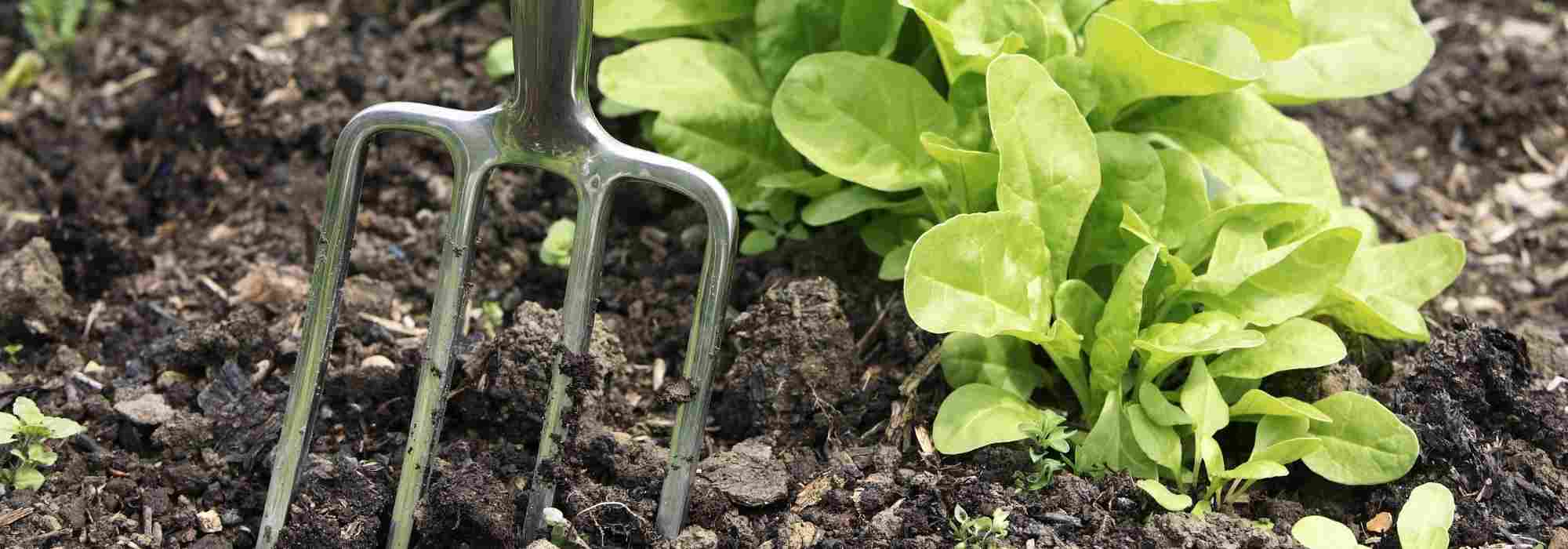
What is a forked spade or digging fork used for?
A tool that is soil-friendly
Contents
A forked spade or digging fork is a gardening tool used to work the soil, loosening the earth without turning it over, thus preserving the life within the soil. Additionally, the tines help avoid (too much) cutting of insects, larvae, and earthworms living in the soil layers. This makes this tool a good substitute for the biofork in heavy or stony soils. However, a forked spade can be used for many other tasks: lifting potatoes, bulbs, root vegetables, transplanting roses or small bushes, or even dividing perennials.
What is a fork spade?
A digging fork is a gardening tool used to work the soil without turning it over. This tool consists of a handle topped with a “T” or a grip. The handle can be made of wood, usually ash, or a composite material, as in the case of the Novagrip Leborgne digging fork.
The head is made of hardened steel (sometimes copper, as with the Schauberger range digging fork) and consists of 3 or 4 sturdy straight or triangular tines. Some digging forks are available with 5 tines, but these tools are rather rare.
Please note: whether it has 3 or 4 tines, the digging fork is traditionally called “triandine” in Romandy and surrounding regions.

What is a digging fork used for?
The forked spade is excellent for all gardening tasks, particularly for uprooting plants or tubercles. However, this tool is mainly used for loosening and working the soil.
Unlike the more traditional spade, the forked spade is a tool that respects the life of the soil, as only the tines penetrate the ground. Insects and earthworms are not severed by the tool’s blade. Furthermore, working with a forked spade does not invert the layers of soil. Therefore, the forked spade can replace a biofork in very heavy, clayey, or overly stony soils.
A forked spade can also be useful for:
- Uprooting root vegetables, tubercles, or bulbs: for this type of use, the forked spade with its four fine tines is ideal for avoiding cutting through roots or bulbs. Uprooting dahlia bulbs, potatoes, or carrots and parsnips is very easy with this type of tool. A forked spade is also effective for uprooting perennials or very small bushes, such as roses;
- Dividing perennials: to divide perennials, one can lift the root stump from the ground using a forked spade. The perennials can then be divided either by cutting with a knife, using a traditional spade, or with two forked spades inserted at the centre that are then pulled apart.
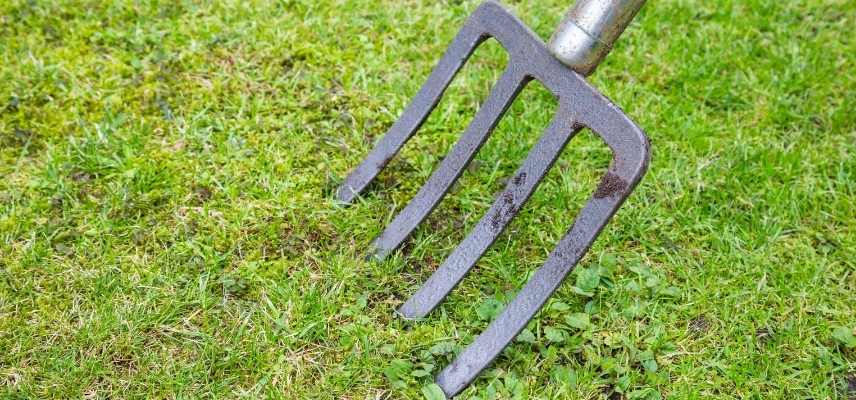
Discover other Spades, shovels, and forks
View all →Available in 1 sizes
Available in 1 sizes
Available in 1 sizes
Available in 1 sizes
Available in 1 sizes
- Subscribe!
- Contents
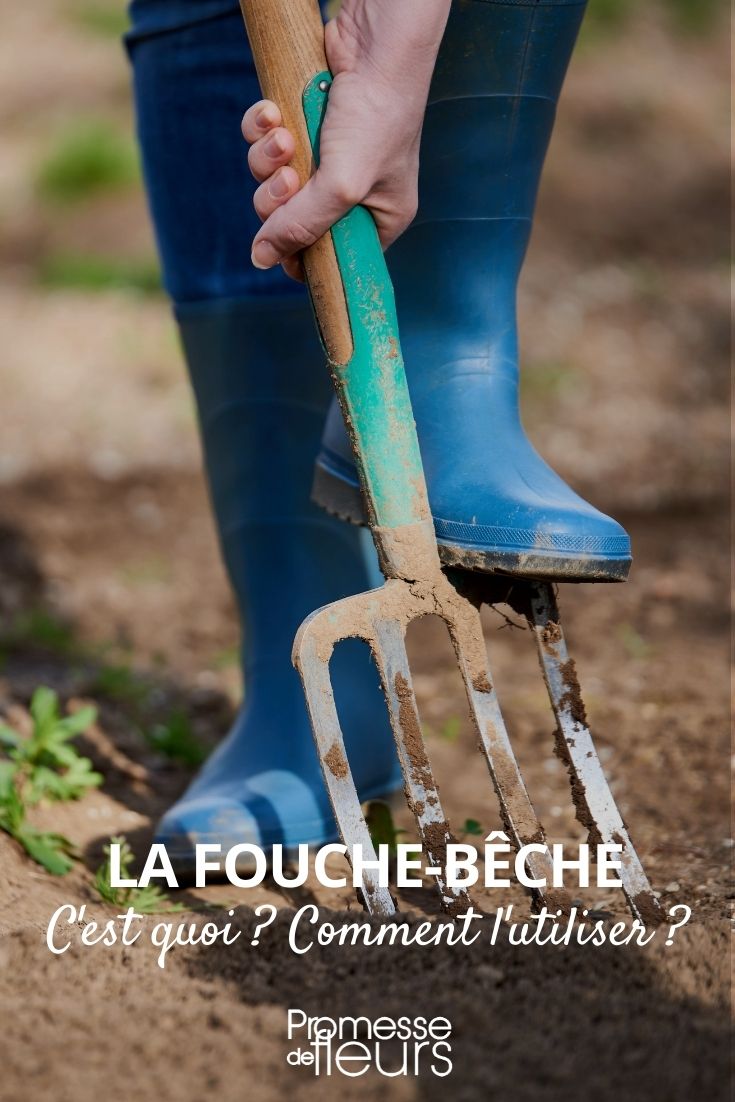































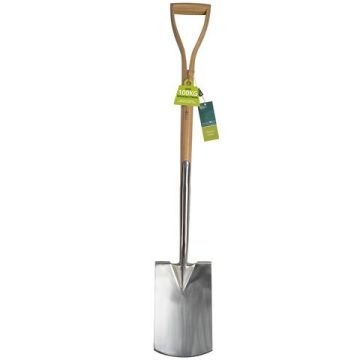

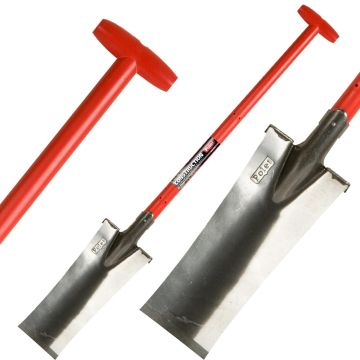
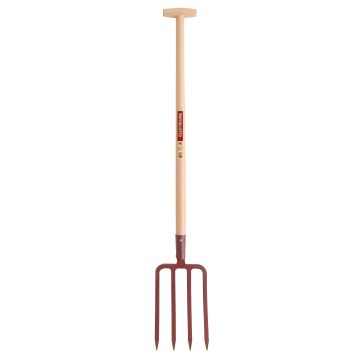

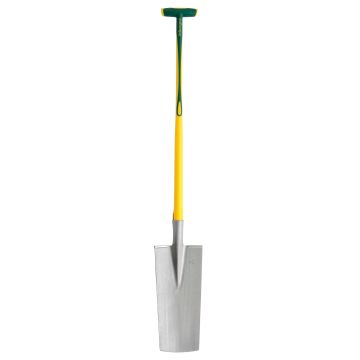
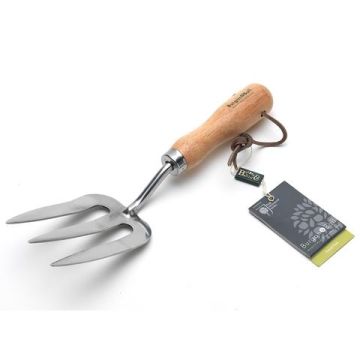
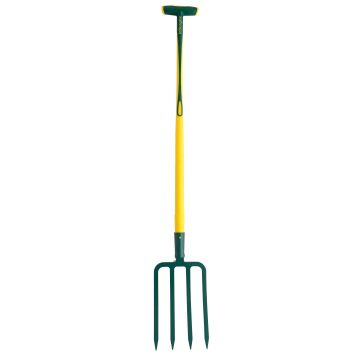
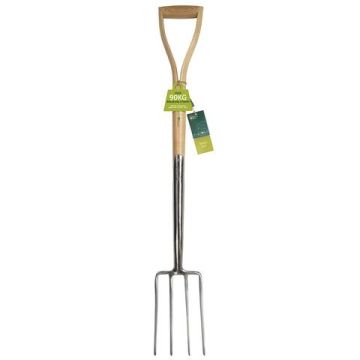

Comments